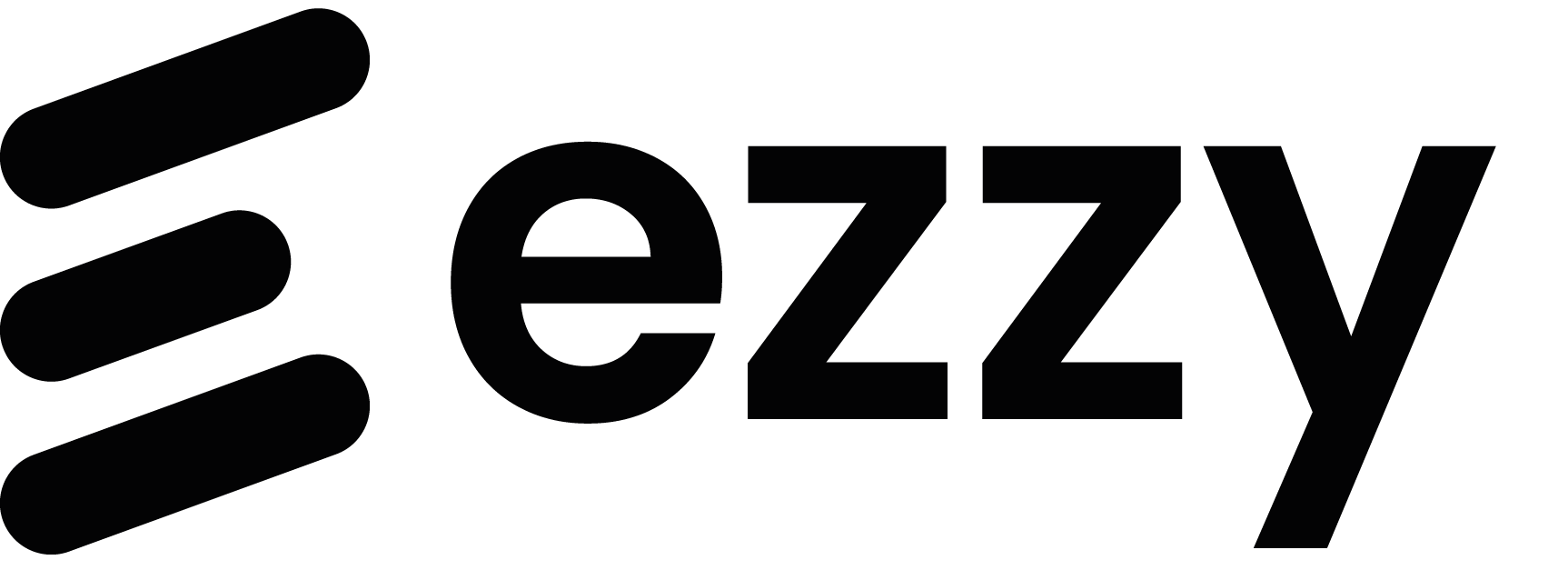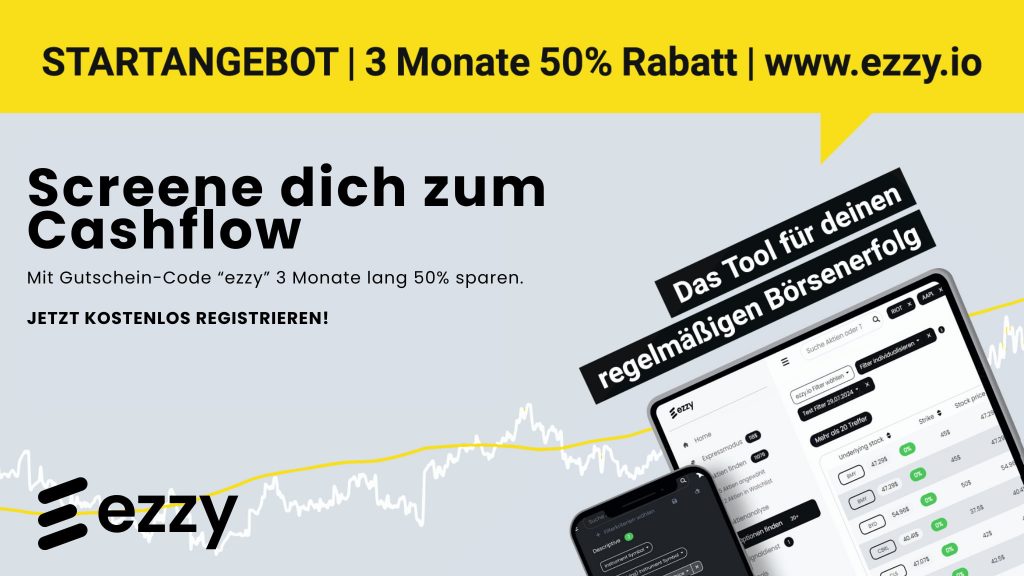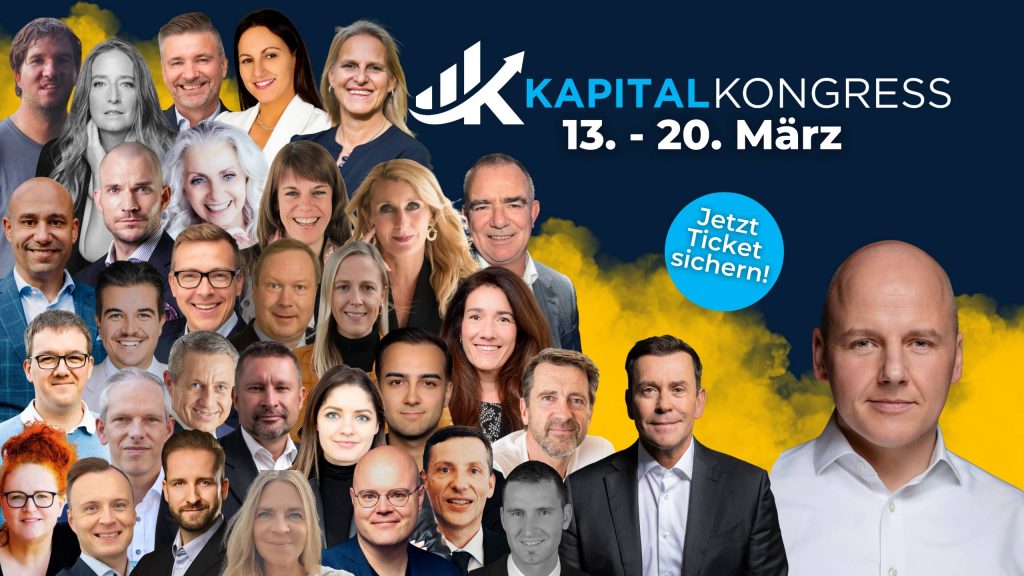Collect premiums
like an insurance company
Regular income like an insurance policy:
Earn independently of
market fluctuations with put options.
This is how it works:
Insurance companies protect their customers’ belongings and collect premiums for this year after year. Even if there are always claims, the bottom line is that there is still a profit – after all, the insurance company calculates its risks more than accurately. How nice would it be if investors could also generate regular income on their own capital, regardless of the ups and downs of the markets? The good news is that we can all start a “one-man insurance company”. The following article shows how it all works and why selling put options is an excellent income strategy.
The insurance business as a role model
An insurance group earns its money by assuming various risks from policyholders in exchange for a regular premium payment. One specific example is insuring a building against fire and natural hazards such as lightning and hail. In practice, a company’s financial year could look as follows in simplified terms:
Insurance company has insured 10,000 buildings (total equivalent value approx. 500 million euros)
Average annual premium of 1,000 euros per building
Total: 10 million euros in premium income (4% of the insured building value)
The income side is of course only one side of the business, as the insurance company also has to dig deep into its pockets from time to time – for example, in the event of a flood disaster. If we assume that in any given insurance year, claims total EUR 3 million, this example (without taking into account other costs such as personnel, etc.) results in a profit of EUR 7 million.
- Premium income: EUR 10 million
- less loss amount: 3 million euros
- Profit: 7 million euros
It goes without saying that an insurance company must know its risks inside out in order to set the correct premium amount and generate a profit in the long term. If the insurance company calculates with premiums that are too low, its existence may be at stake if the claims payments turn out to be too high. In a specific case, the company must therefore know the potential risk of natural disasters (their probability and financial impact) in the respective region. It must also check in advance what condition the insured properties are in. Are they residential or commercial properties? What is the condition of the water pipes and the entire electrical system, etc.?
Risks that the insurance company does not want to take on its books, even in return for high premium payments, are not insured at all or are transferred to other insurance companies (so-called reinsurers) – again in return for a premium payment. Although this means that part of the premium income is used for risk transfer, the insurance company reduces its overall risk. In the end, the premiums must exceed the claims payments in the long term, otherwise the insurance company will not be able to survive*.
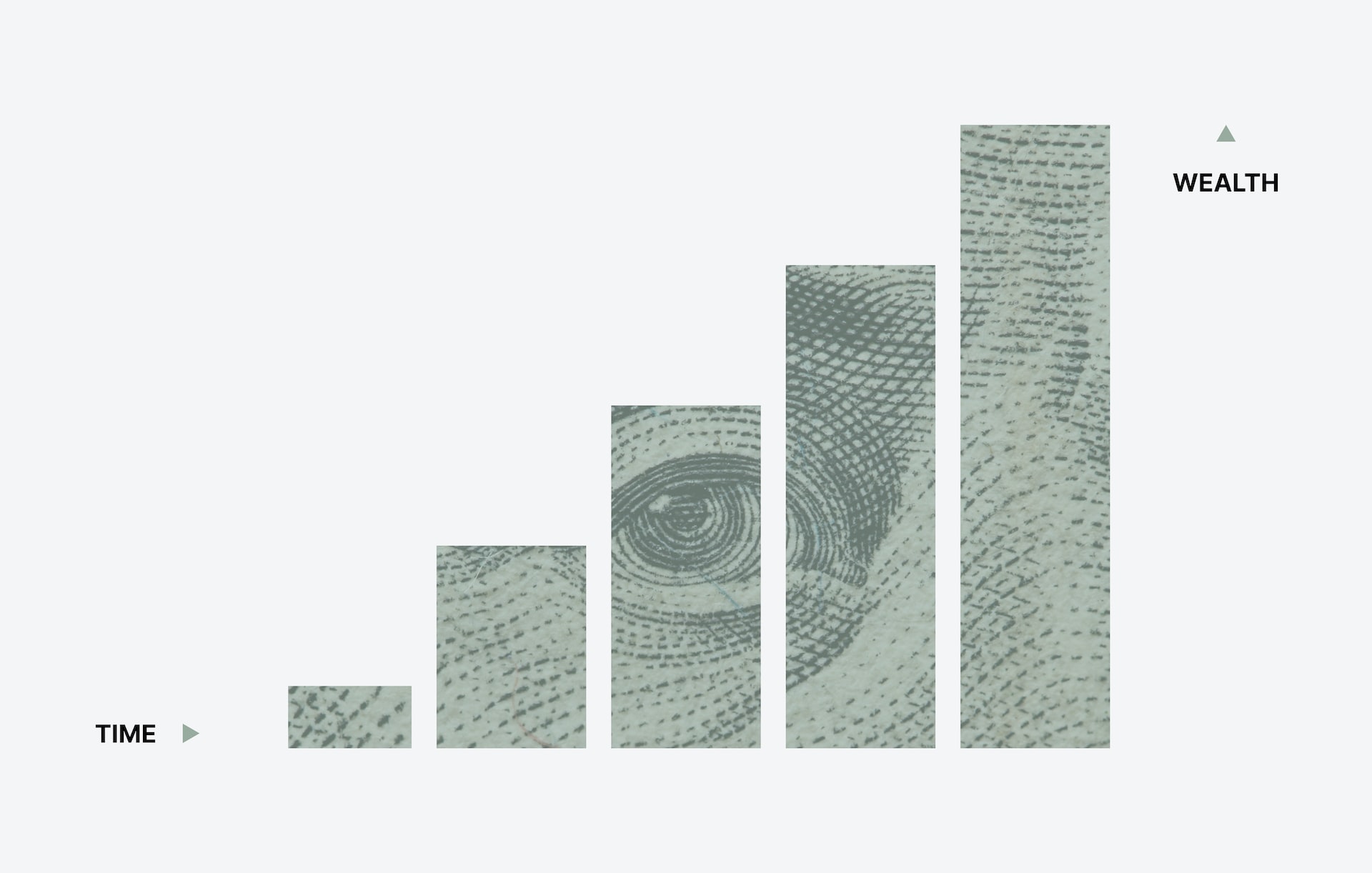
*Although there is another source of profit in the insurance business in addition to the main one - namely the income that the insurance company generates from the investment of premiums - this should not play a role here for reasons of simplification.
Transfer of the business model to the stock exchange
How can we, as private investors, transfer precisely this business model to stock market trading? We do not want to and are not allowed to set up an insurance company anyway, but we can earn money in the same way by selling so-called put options and collecting premiums for them.
Before we get into the details, let’s first briefly explain what an option is: options are standardized and exchange-traded derivatives that securitize certain rights and obligations for both the buyer and the seller. Such options are mainly traded on options exchanges in the USA or on Eurex in Germany. To stay with our insurance comparison, in this article we will focus solely on put options. The buyer of a put option has the right to sell the asset underlying the option (e.g. a share) to the put seller within a certain term at a predefined price**.
**We focus here on options with an American exercise type. In theory, the option buyer can exercise the option early at any time, but in practice this usually only happens when the option is deep in the money and close to the expiry date.
| Exercise of options | When can it be exercised? |
| American Style | During the term |
| European Style | Only at the expiration date |
Fig. 1) Differences in the exercise of options
Instead of insuring buildings or cars against damage, put sellers offer other market participants (the put buyers) who want to protect their shares against a fall in price a kind of insurance and collect a premium for assuming the risk. Let’s take a look at the following example:
Investor A has 100 XYZ shares in his portfolio, which are quoted at USD 100. He wants to protect himself against a fall in the share price below USD 90, which in the insurance world would correspond to a deductible of 10% of the insured value. Or to put it simply: Investor A bears the first ten percent of the share price loss alone and would like to protect himself against anything less.
This is exactly what he can do by buying a put with a strike at USD 90.
For a certain term of the option (corresponds to the insurance term), he pays USD 2 per share, for example, i.e. a total of USD 200. The seller of the put option receives this USD 200 per share as a premium and can keep it regardless of the outcome. As there is a risk of having to purchase the XYZ share (this is referred to as “tendering”), the put seller must have the necessary capital of USD 10,000 available in his broker account – similar to an insurance company that holds capital in reserve to pay out in the event of a claim***.
***Here we focus on trading without margin, hence the term "Cash Secured Puts".
From the time the put is sold, time runs out for the writer, as the time value of the option decreases day by day. If the share remains above the strike until the expiry date, the put option expires worthless and the writer can use the capital tied up to date for a new put sale. For example, he could sell a put on shares with a term of around 30 days 12 times a year and collect a premium each time.
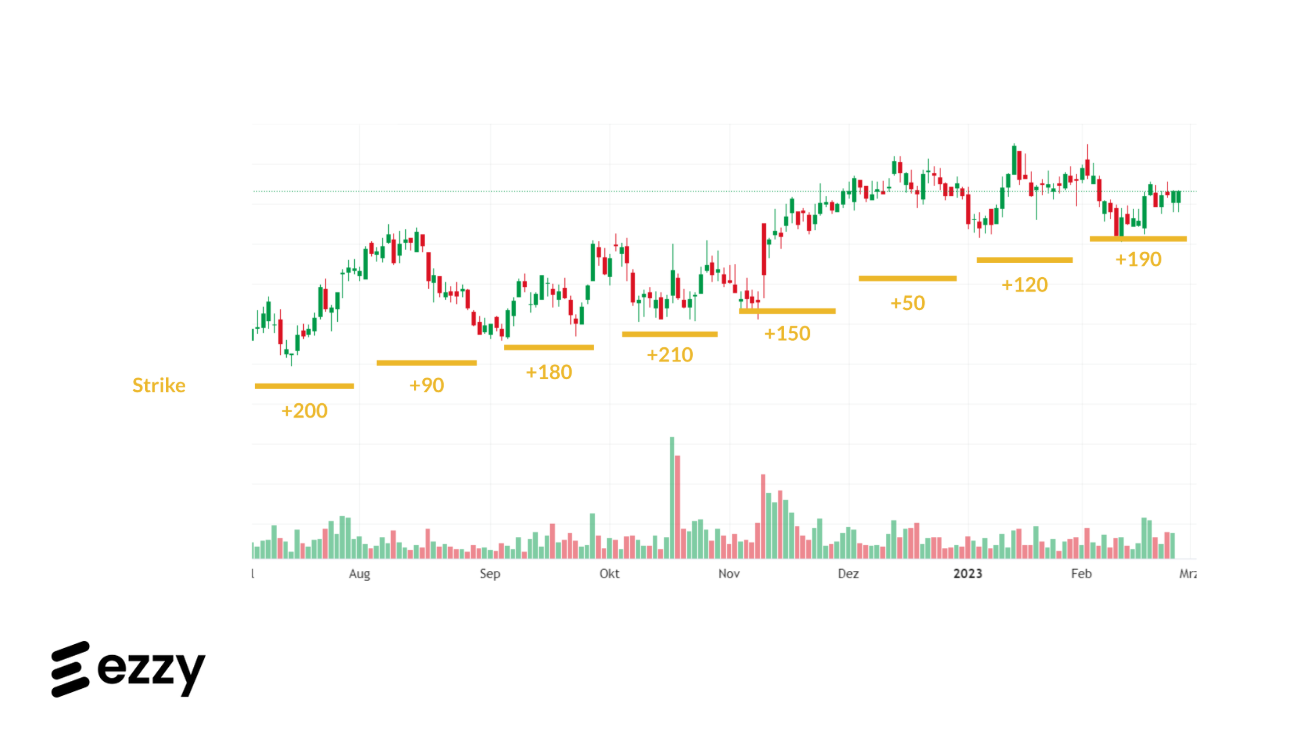
Fig. 2) Optimal scenario: share in an upward trend and current income from the sale of put options
The aim of the put seller is, of course, that the “loss event”, i.e. the share price falling below the strike of USD 90, does not occur at the end of the term – in other words, like an insurance company hoping that most buildings will not fall victim to fire, flooding or other damage. As long as the share is quoted above the strike or even rises, the put seller does nothing but wait and see – for this reason, option sellers are also called option writers. When pricing the put price (i.e. the premium amount), the option seller is guided by the risk of the respective transaction: the more volatile the share and the longer the insurance period, the more expensive the insurance cover, i.e. the higher the premium. Analogous to the insurance business, where the agreement of a deductible reduces the premium, the distance between the share price and the agreed strike is also a key factor in the pricing of the put.
To stay with the specific example: If the share is quoted at USD 100, a put with a strike of USD 80 would of course be cheaper than a put with a strike of USD 90, because the probability of a major fall in the share price is also lower. In principle, it is of course advisable to only write (sell) puts on shares that you consider to be solid and which – in the event of a tender – you really want to hold in your portfolio. At the same time, technical chart support levels help to optimize the choice of strike. Insurance is no different: it too does not want to insure buildings that are located in an earthquake zone or near a river.
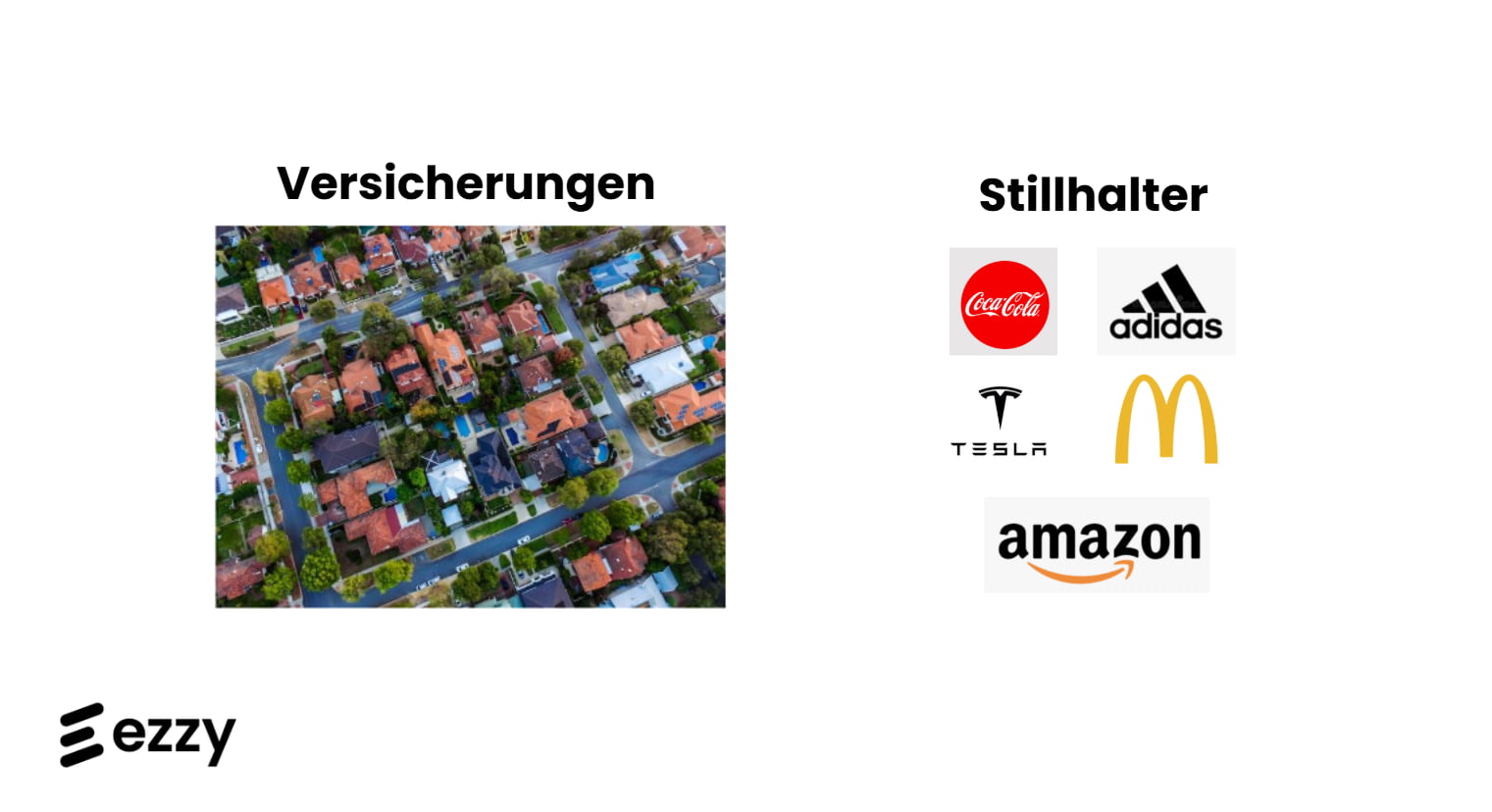
Fig. 3) Insurers spread their risk over many properties, writers spread their risk over many shares
It is equally important to ensure sufficient diversification, i.e. to spread your capital across several puts. If you concentrate on shares, you should ensure that you have a sufficient mix of shares from different sectors so that you do not bring a cluster risk into your portfolio in the event of a put. After all, an insurance company does not only want to insure sports cars in Berlin, but also different assets in as many different regions or countries as possible.
Figure 4 shows the comparison between the insurance business and the premium strategy, which in technical jargon is called “cash secured puts”.
| Insurance |
Premium Strategy
|
||
| Insured object | Real Estate | Underlying | 100 XYZ shares (price 100 USD) |
| Duration of insurance | 12 months | Time until the expiry date | approx. 1 month |
| Insured value | 250.000 USD | Strike price | 90 USD |
| Deductible | 1.000 USD | Strike distance from the current price | 10% (share was trading at USD 100 when the put with a strike of USD 90 was sold) |
| Insurance premium | 500 USD | Option premium | 200 USD |
| Probability of winning | 90% | Probability of winning (delta) | 90% |
| Scenarios | Loss event occurs: pay out loss amount Claim does not occur: no payout, premium retained |
Scenarios | Share falls below the strike shortly before/on the expiry date: writer must buy 100 XYZ shares of the put buyer at USD 90 (tender) Share quotes above the strike on the expiry date: put option expires worthless, premium = profit for the writer |
| Reinsurance | Taking out insurance with a third party to protect against catastrophic risks (earthquakes, etc.) | Hedging |
Buy puts on the XYZ share with a strike well below USD 90 to protect yourself from massive losses
|
Fig. 4) Comparison of an insurance company’s business model vs. premium strategy
Premiums - the better dividend
Now that we have shown how closely related the two business models are and how you can earn money as a writer, we would like to look at the specific advantages of the premium strategy. The central advantage is the fact that as a put seller you have a mathematical advantage on your side because the majority of put options demonstrably expire worthless – exactly what writers are counting on. Depending on the level of priced-in (implied) market volatility and the underlying share, regular writing of puts can generate attractive returns with manageable risk. Figure 2 shows a selection of different shares and the returns that writers can collect on February 10, 2023. We have selected puts with a term of 25 days and a strike that provides a solid buffer to the current share price.
| Stock | Current share price | Strike of the put | Term of the put | Premium per 100 shares | Yield p.a. |
| AMZN | 98,06 USD | 89 USD | 25 Tage | 130 USD | 20,8% |
| GOOGL | 95,23 USD | 86 USD | 25 Tage | 100 USD | 16,5% |
| MMM | 114,28 USD | 106 USD | 25 Tage | 115 USD | 15,4% |
Fig. 5) Examples of puts with a term of 25 days
The return p.a. is calculated as follows: The option premium is divided by the strike price, thus in the first step the return for the term of the put option is obtained. In the second step, the return is divided by the term, giving the return per day. This is then extrapolated to one year. Roughly speaking, you could simply multiply the return for a 30-day term by 12 (for 12 months).
Die exemplarisch gewählten Aktien in der obigen Tabelle liefern attraktive Prämien, die bei einer annualisierten Betrachtung Renditen zwischen 15% und fast 21% erreichen.****
**** The returns shown here are for orientation purposes only, as the implied volatility changes, and it is also assumed that the capital is fully invested at all times.
Compared to a pure dividend strategy, which has had an ever-growing fan base for years, investors can collect higher returns with the premium strategy and with fewer fluctuations compared to a buy-and-hold investment. What is often forgotten is the fact that stock markets can move sideways for years, sometimes even decades – passive investors are then left out in the cold. High dividend yields are also no security at all, as they can be reduced or canceled completely. Dividends also do not provide a sufficient buffer against sharp falls in a share price. By selling options – the premium strategy – investors receive regular income that is significantly higher than the dividend yield. This does not require a bull market; it is sufficient for the share to move sideways or slightly downwards. This is precisely when most puts expire and the option writers who sell them are the winners.
Fewer risks than a direct investment
Of course, premium trading – i.e. the sale of put options – is not risk-free either, as put sellers occasionally have to buy the counterparty’s shares at the agreed price (strike) and then have a normal share position in their portfolio, provided they do not “roll” the put (we explain how this works in the following articles). However, the put is never worse than a direct investment, as the premium received beforehand reduces the purchase price for the share. As in the real insurance business, put sellers can also transfer (part of) the risks to external parties or take profits before the expiry date, which often makes sense. However, one thing is clear from the outset: the put seller’s maximum profit is the premium received. For this reason, premium strategies are logically not the most profitable strategy in a dynamic bull market. Compared to a direct investment, however, the risk of a writer of put options is never higher because he receives a premium.
Conclusion
Investors who want to receive attractive and above all regular income on their capital are in exactly the right place with the premium strategy – known in technical jargon as cash-secured puts. By selling puts on quality shares, writers benefit from the time value decay and thus collect premiums every few weeks, for example. Compared to dividend investing, the premium strategy offers a lower risk and at the same time enables higher distributions. In the next few articles, we will explain how to implement such a premium strategy in practice and what is important when trading.

